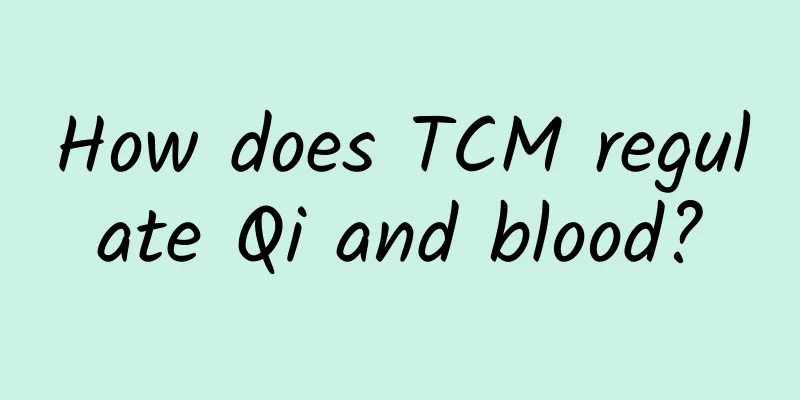Seasonal psychosis

|
Many people find it difficult to understand seasonal psychosis, but this disease does exist and many people will experience symptoms of depression in the winter. This is a seasonal factor in winter. People's emotions are generally low. If they cannot vent at this time, they are likely to go to extremes. If there are such people around you, you must learn to help them adjust. This article introduces the symptoms and examination methods of seasonal psychosis. Let’s take a look. Depression is a psychological disorder with abnormally low mood as its main clinical manifestation. The mood of depression is similar to the more familiar sadness, but it lasts longer. Since the beginning of winter, the number of depression patients visiting psychological counseling clinics has increased sharply. These patients suffer from seasonal affective depression. reason As the duration of sunlight decreases in winter, people's brain activity and behavior patterns change accordingly; if patients with seasonal depression cannot effectively vent their negative emotions, they tend to go to extremes. examine These depressed patients often show obvious memory loss, slow thinking, slow movements, loss of appetite, worsening of existing physical illnesses, and some are even bedridden, refusing to eat or drink, and some even have suicidal thoughts. Differential Diagnosis 1. Depressive neurosis or dysthymic disorder: a neurosis characterized by persistent (at least 2 years) mild to moderate depression. The patient's interest has waned but has not been lost; he is pessimistic and disappointed about the future but not desperate; his self-esteem has declined but he is willing to accept encouragement and praise; he feels that his condition is serious but actively seeks medical treatment. It is often accompanied by significant anxiety, physical discomfort or pain, and sleep disturbance. Symptoms fluctuate greatly, and the ability to live is not seriously affected. There are often obvious psychosocial stress factors and quality factors before the onset of the disease. 2. Psychogenic (reactive) depression: The key points are that the onset and mental symptoms are closely related to psychosocial factors. The clinical symptoms fully reflect the psychological content. The mood fluctuates greatly and is easily affected by the external environment. Insomnia is mostly difficulty falling asleep, and emotional reactions are mostly blaming others. 3. Schizophrenia: Schizophrenia may be accompanied by depressive symptoms, but its emotional response is mainly indifference to the surroundings, lack of depressive inner experience, and the content of delusions is also rather absurd. The catatonic type of schizophrenia should be differentiated from the catatonic type of depression. The former's mental symptoms are not in harmony with the environment, and are often accompanied by rebelliousness and nervous excitement. Post-psychotic depression refers to the depressive mood caused by the psychological pressure of the mental illness, difficulty adapting to social life, or difficulty tolerating the adverse reactions of psychiatric drugs after the mental illness has been relieved. This situation is not uncommon and should attract clinical attention. That is, a history of mental illness can be used to distinguish. 4. Epileptic pathological dysthymia: The onset and end of dysthymia are relatively rapid and the duration is generally short. It lacks typical symptoms of depression and motor inhibition, and is mainly characterized by tension and fear. These depressed patients often show obvious memory loss, slow thinking, slow movements, loss of appetite, worsening of existing physical illnesses, and some are even bedridden, refusing to eat or drink, and some even have suicidal thoughts. Mitigation methods Experts say that light therapy has been clinically proven to be the most effective method for treating seasonal depression. The occurrence of seasonal depression is mainly due to the inability of the human body's biological clock to adapt to the changes in shorter daylight hours in winter, which leads to biological rhythm disorders and endocrine disorders, thus causing emotional and mental state disorders. There are tall buildings everywhere in big cities. It is gloomy in winter and the sun is rarely seen. Many mental workers work indoors all year round, lack physical exercise and sufficient sunlight, and their immunity is reduced, which makes it easy for them to experience negative emotions. On the one hand, light therapy recommends that patients take more sunbaths, take walks and backward walks in places with fresh air and plenty of sunshine, increase sunlight exposure and outdoor activities; on the other hand, they should also keep the indoor air circulating and the light sufficient at home. On the other hand, patients can be exposed to white light tubes, which are wrapped in plastic to prevent ultraviolet rays from harming people. Patients sit about one meter away from the light source to read, eat or do other activities. This method is safe and effective. |
Recommend
What is the medicinal value of red beans?
In daily life, red beans are often mixed with oth...
What causes chest bone pain? There are these reasons
Bones are a mixture of living cells and minerals....
How to deal with closed comedones
Closed comedones are also called closed comedones...
Is schistosomiasis contagious?
Maybe many of us are not familiar with schistosom...
The efficacy and function of Fritillaria cirrhosa powder
Stinky tofu is a food that many people love to ea...
What causes frequent acid reflux?
Because many people have different physiques, the...
Causes of low back pain caused by rheumatism
There are many symptoms of rheumatism, among whic...
What is the difference between gingivitis and periodontitis?
Gingivitis and periodontitis are actually both de...
How do you get hemorrhoids? What happens if you have hemorrhoids?
People who have hemorrhoids and say it’s no big d...
What are the Chinese patent medicines for strengthening the spleen and resolving phlegm?
Nowadays, people no longer rely solely on Western...
Treating tooth enamel like this?
Tooth enamel is located on the surface of the too...
Can I get pregnant with a cold uterus?
The uterus is a very important reproductive organ...
Can chronic gastritis eat lychees?
Gastroenteritis has always been a common disease ...
Don’t ignore the symptoms of sensorineural hearing loss!
Sensorineural hearing loss is a common disease in...
What are the symptoms of diarrhea and dehydration?
In fact, in life, if we eat something unclean, we...









